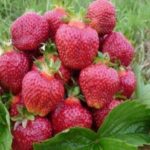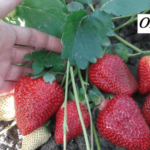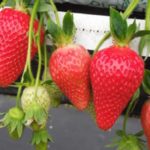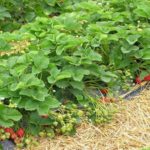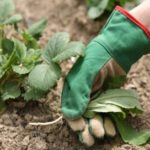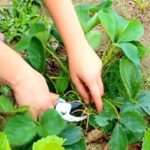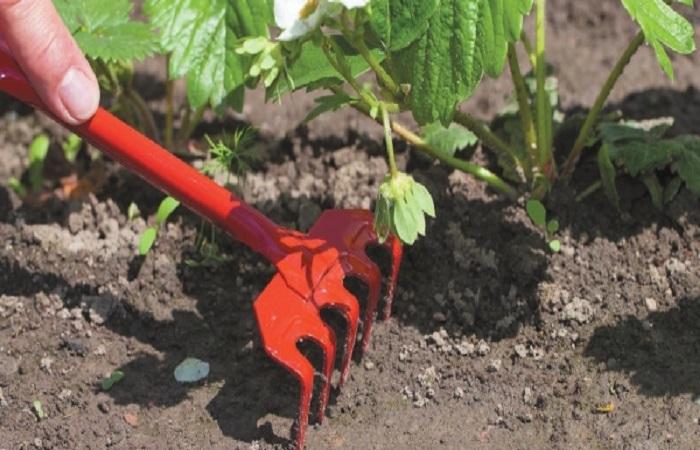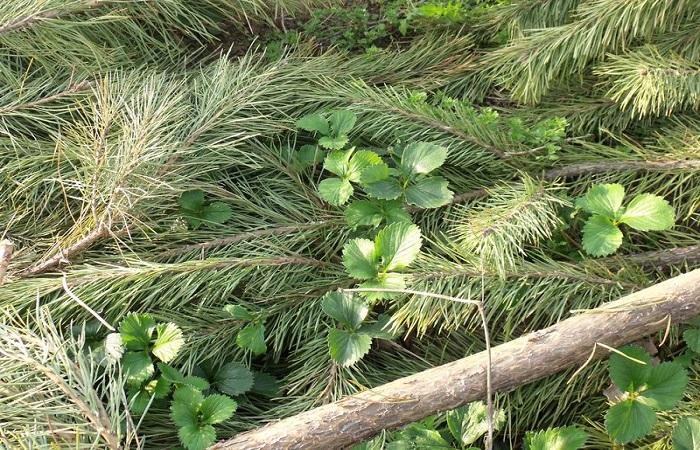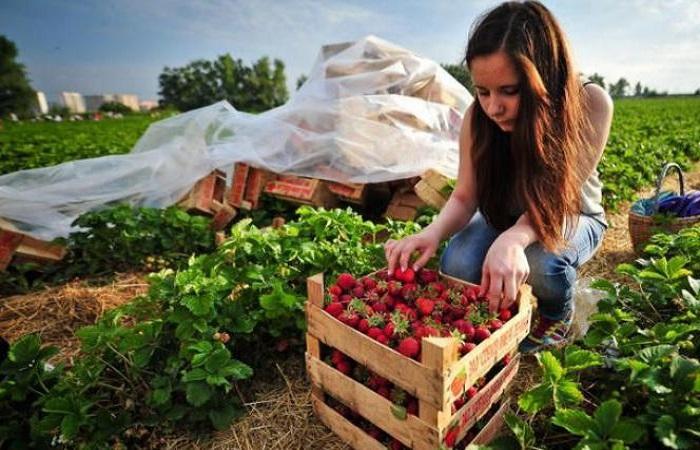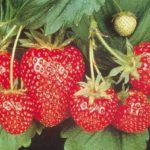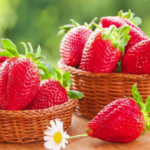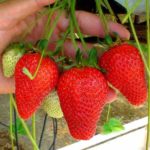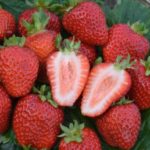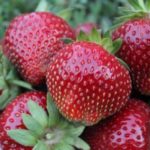The Onda variety of Italian selection appeared in Russia not so long ago, but has already gained popularity. It is recommended to grow it in open beds even in those regions where the climate is not very conducive to the fruiting of this crop. Let's consider the characteristics of the Onda strawberry, the disadvantages and advantages of the variety, the characteristics of cultivation, the stages of care, and preparation for winter. How to fight diseases, propagate crops, harvest crops.
Description and brief description
Onda is a mid-late variety and produces a harvest once per season. The berries begin to ripen at the end of July, beginning of August. The bushes have medium vigor and are well leafy. The leaves are bright green, classic in shape. Flowering occurs in mid-summer, the plant produces several peduncles, the flowers are self-pollinating, strawberries do not need to stimulate pollination.
The fruits of the Onda variety are large, round, regular, can weigh up to 50 g, on average 30 g. They have bright red shiny skin, dense but juicy pulp. The berries are sweet to taste, with low acidity. The yield is stable, up to 1 kg of fruit is collected from the bush.
Advantages and disadvantages of strawberries
Onda stands out among other varieties of culture with the following advantages:
- resistance to cold;
- strong immunity, ability to resist diseases;
- stable yield;
- excellent taste;
- large-fruited;
- the versatility of the fruit;
- undemanding to cultivation;
- the ability of berries to be transported.
Disadvantages: the tip of ripe berries may not turn red for a long time, so if you wait until it ripens, the top may already begin to rot.
Subtleties of growing the Onda variety
The Onda variety can be planted in the garden in the spring in April, in the fall in September-October, but at least a month and a half before frost. Strawberries grow well in open areas where the sun shines on them all day long and where the wind does not interfere. Acidic and waterlogged soils are not suitable for growing crops.
The area for strawberries is prepared by removing the remains of vegetation, both cultivated and weeds, digging it with a shovel, adding organic matter to the ground - 2-year-old humus and ash (1 bucket and 0.5 kg, respectively).Everything is mixed with soil.
For plants of this variety, a planting pattern of 25-30 cm in a row and 40 cm in row spacing is suitable. The seedlings are planted in shallow holes, covering the roots completely with soil. In this case, the middle should not be covered with earth. After planting all the seedlings, they are watered and sprinkled with mulch.
Further care
Onda is a productive strawberry, but without care it will be difficult to get a decent harvest. Therefore, it is necessary to monitor its condition throughout the season, water the plants and fertilize. Weed and loosen the soil around the bushes, prepare the plants for winter.
Watering
Watering should be regular; in dry conditions, irrigation is simply necessary. Despite the need for moisture, strawberries do not like overwatering. In a waterlogged environment, the likelihood of rot and spotting increases. The average frequency of watering in dry weather is 2 times a week. For watering, you need to prepare settled warm water and pour it under the root. The best way to water and at the same time fertilize is a drip system, which is preferably used in the garden.
Loosening, weed control
For normal development and fruiting, Onda strawberries need air to reach the roots. Loosening ensures that the soil remains soft and loose; for loam and clay soil this is a mandatory technique. Loosening removes weeds in the early stages of their growth. If you use mulch from natural plant materials or lay agrofibre on the beds, you can greatly facilitate plant care.
Removing a mustache
On all plants, if they are not planned to be propagated, the mustache is removed. They are cut with pruning shears or a knife; it is not advisable to tear them off so as not to accidentally injure the bushes.
Top dressing
Feeding is carried out 3-4 times per season. At the beginning of the growing season, in the spring, organic matter or nitrogen fertilizers are applied. 2 more feedings, this time with phosphorus-potassium mixtures, occur during the flowering and fruiting period. You can also spray with a solution of complex fertilizers.
Preparing for winter
After harvesting the berries, Onda strawberries are pruned, that is, old and diseased leaves are removed, but the apical buds are left. Cover the bushes with a thick layer of mulch made from sawdust, fallen leaves, straw, or cover the beds with agrofibre.
Pest and disease control
Plants of the variety can be affected by gray rot, this happens more often in rainy years. Strawberries are resistant to anthracnose. As a preventive measure, plants are sprayed with fungicidal preparations. After the strawberries have set fruit, you can only use biofungicides.
Culture propagation
Onda reproduces with mustaches, which must be taken from the best bushes. You can root 3-5 mustaches from each. Replant in August or September.
It can also be propagated by dividing the bush in spring or autumn. Young healthy and large plants are divided into 3-4 parts with apical buds and immediately transplanted to the chosen location.
Cleaning and storage
The berries are picked gradually; the fruits need to be picked after they turn red, but before they are overripe. Those that will be stored are placed in shallow plastic food containers, covered with a lid and placed in the refrigerator, where they can be stored for a week. Onda is suitable for freezing; from the freezer, berries can be consumed within six months.
The Onda variety should appeal to gardeners and lovers of large-fruited strawberries. It is resistant to cold, does not get sick if cared for well, and will delight its owners with stable yields.The high productivity of the variety allows you to get so many berries from the beds that there will be enough of them not only for quick consumption, but also for preparing delicious home-canned food or freezing.


